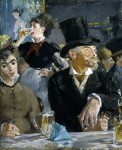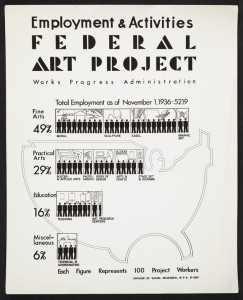The Walters Art Museum in Baltimore has made more than 19,000 images of works in its collection, along with all of their associated information, freely available to the public through Wikimedia Commons.
Wikimedia Commons, part of the Wikimedia Foundation (which also oversees Wikipedia), is an online repository of free-access images and other media files. All such images donated to Wikimedia by an institution like the Walters are considered to be in the public domain, and are intended for free and unrestricted use for any purpose.
Since last year, the Walters’ newly redesigned website has also allowed visitors to download high-resolution images of its works.




